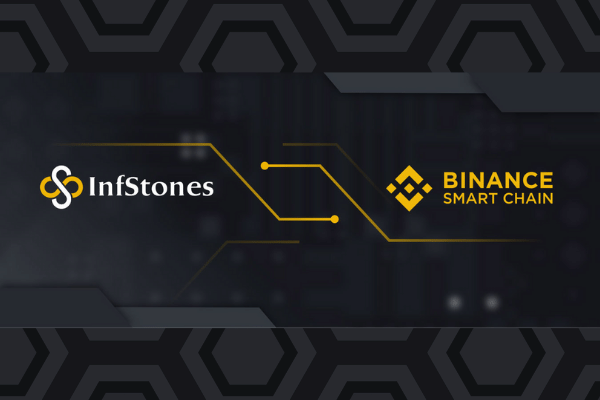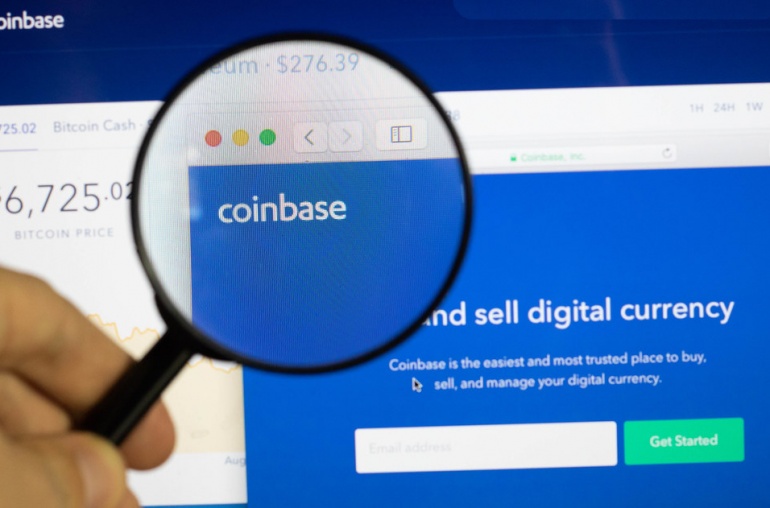The meltdown of FTX, billed as one of the top players in crypto, has raised the chorus of disclosing “proof of reserves” to reassure investors that their money is safe and provide transparency to the crypto markets.
Many crypto exchanges revealed their reserves and claimed they are very healthy. But industry leaders warn that this method is not fool-proof and does not guarantee against FTX-like collapse in the future.
In the aftermath of FTX’s shocking demise, cryptocurrency exchanges including Binance to Crypto.com had been vying to display Proof of Reserves to boost transparency. The goal was to assert that no FTX-type disaster will touch them.
The collapsed crypto exchange appeared to function more like banks creating customer accounts, doing currency swapping, and offering loans with customer assets.
But unlike the traditional banking system, FTX was playing outside the ring, exposing huge risks of running without any oversight of regulatory bodies, unlike insurance and banking sectors.
Now Proof of Reserves is being used as a signal to prove that the custodian has users’ funds in hand. But industry leaders are warning that users have to remember that proving reserves has limitations.
Casa CTO Jameson Lopp said “One of the primary problems is that it’s impossible to prove a negative. The point being, you can’t prove that there aren’t more liabilities than there are assets.”
Others worry these proofs will lure users into a false sense of security if they are not aware of the limits of what a Proof of Reserves can and cannot prove.
Crypto.com released its Proof of Reserves recently and showed that 20% of its reserves are in Shiba Inu, the dog meme coin modeled after Dogecoin. The largest crypto exchange Binance is now working on a Proof of Reserves protocol invented by Vitalik Buterin, Ethereum’s creator.



